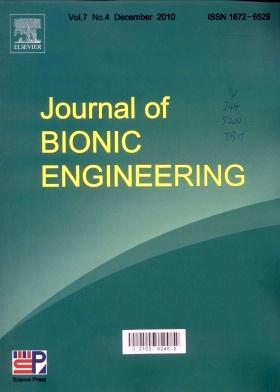The cutaneous ridges on dolphin skin have long been believed to effectively reduce friction drag, thereby contributing to overall drag reduction. However, since these skin ridges are oriented perpendicular to the swimming direction, they also generate additional pressure drag, raising questions about the impact of the shape-induced pressure forces on swimming. Inspired by the microvibrations observed on dolphin skin, we hypothesize that the microstructure on dolphin skin is not static but dynamically oscillates in the form of Longitudinal Micro-Ultrasonic Waves (LMUWs). To explore this, we carried out a series of Computational Fluid Dynamics (CFD) simulations based on Large Eddy Simulation (LES) model to investigate the impact of pressure drag on the total drag acting on an oscillating skin surface under realistic turbulent flow conditions. The results indicate that the dynamic skin oscillations induce a new dynamic Stokes boundary layer, which has the potential to convert pressure drag into a negative force, thereby reducing total drag under the influence of traveling LMUW excitations. Furthermore, a relative velocity ξ, defined as the difference between the wave speed c and the external flow speed U, is introduced to evaluate the drag-reduction effect dominated by pressure. The findings reveal that pressure drag remains negative when ξ > 0. As ξ increases, the thrust effect induced by negative pressure becomes increasingly significant, ultimately counteracting friction drag and eliminating total drag. This pressure-dominated drag reduction mechanism thus demonstrates a novel strategy for the drag reduction technology and the potential of unveiling the mysteries behind dolphin swimming.


